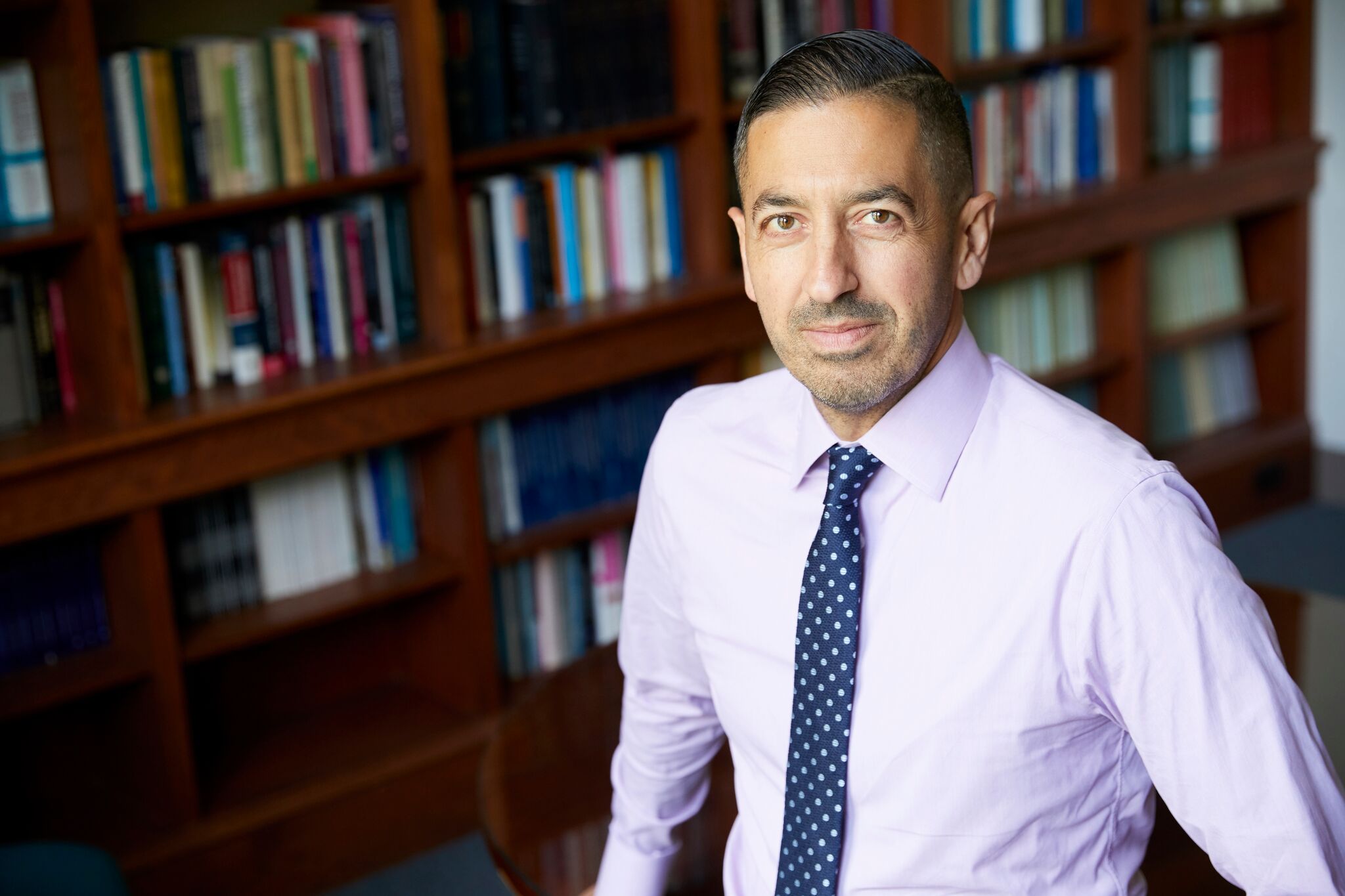When Jeanne Calment was 90 years old she sold her apartment to a lawyer named Andre-Francois Raffray on a contingency contract. The deal was that he would pay her 2,500 francs a month (about $400) until her death, whereupon the apartment would become his. This would have been a nice arrangement for Raffray, were it not for the fact that Calment lived for another 32 years, to the age of 122—the longest human life on record.
Today, people are living longer than at any time in human history. The world population of those aged 65 and older will increase by a factor of 10 between 1950-2050, so that by the middle of the century, there will be about 2.5 times as many adults over age 65 as children under five.
To address the needs of this aging population we must consider four new realities.
First, healthy aging is the ultimate example of prevention in action. To age healthy we have to prevent disease from taking hold, suggesting a redoubled effort in preventing some of the conditions—like obesity and substance use—that result in unhealthy older life.
Second, we must create structures and communities that ensure the full participation of citizens of all ages. From advocating for more accessible built environments to pushing for more volunteer opportunities for older adults, we have a chance to redefine what aging looks like in the decades to come.
Third, we must identify and work towards mitigating health gaps that exist among aging populations. Race, for example, remains a persistent factor in determining health outcomes and life expectancy at all ages. The aging LGBTQ population also faces a distinct set of issues, while socioeconomic status remains central to the determination of health for all aging populations.
And finally, we need to intensify our efforts to tackle the health challenges that older people face. In 2006, the number of worldwide Alzheimer’s disease cases was 26.6 million; that figure is projected to quadruple by 2050, leaving one in 85 people in the world with this condition.
While worries about increasing health care costs coupled with a decline in the wage-earning population are real, we see increased longevity as the happy result of improvements in the conditions that make populations healthy. More importantly, this demographic shift presents a remarkable moment in human history we would be well-advised to recognize.
Warmly,
Michael Stein & Sandro Galea
This article first appeared on Publichealthpost.org



